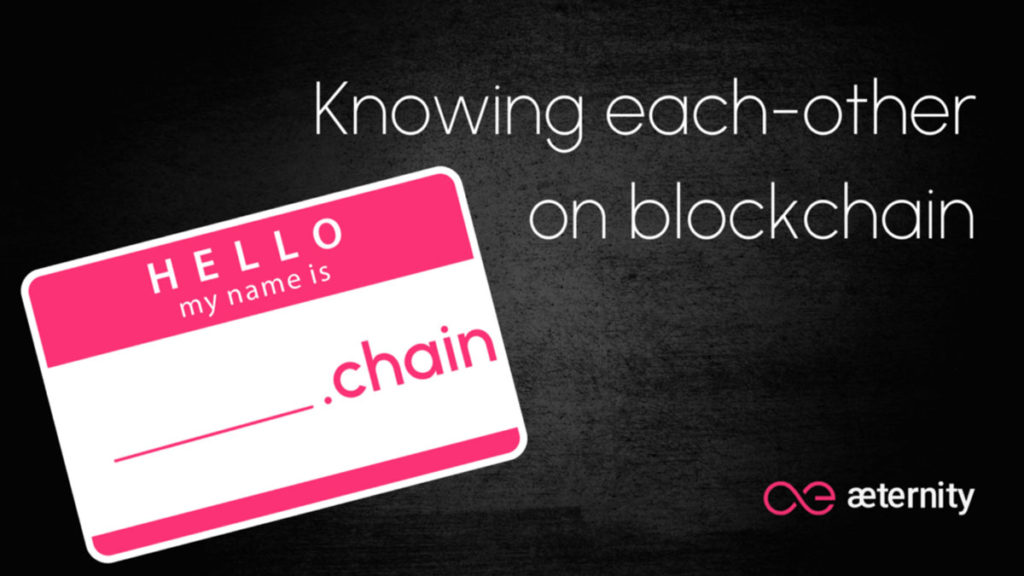Aeternity published a blog post named “Knowing each other on blockchain” to describe the AENS naming service. The service helps blockchain users have social aspects in their interactions.
The ultimate goal of this service is to provide an easy-to-understand naming system that attracts more ordinary users to blockchain services.
The new solution from Aeternity may help a bigger group of people around the world come to the blockchain ecosystem and use it with fewer strugglings.
Helping Mainstream Users Adopt Blockchain
Blockchain technology ages more than a decade, but there are still lots of people around the world who don’t fully understand it. It can be considered as one of the biggest revolutionary technologies of the 21st century.
But it still needs lots of improvements and tools to become understandable for ordinary people. Some experts believe even the developers in the blockchain world still have problems understanding all of the aspects. Many of them are focusing on the infrastructures of blockchains. But lots of effort is needed to make the technology more user-friendly. It’s where the solutions like AENS from Aeternity come to action.
Aeternity Blockchain is one of the most active projects focused on user-friendly features. It has many features like state channels, embedded oracles, smart contract language (Sophia), and virtual machine (FATE) that all are aimed to help mainstream users benefit from the blockchain solutions easier.
The naming system called AENS (æternity Naming System) is one of the most important ones that help users interact easier with blockchain tools. AENS lets Aeternity users use names instead of long addresses in applications. Human-readable names can be used on various occasions like accounts, smart contracts, oracle, and etc. Aternity gives an example of using AENS for users in the latest post:
“If user X wants to transfer tokens to user Y, user X should simply insert Y.chain name (registered .chain name of the user Y), and sign the transaction, instead of copy/pasting long Wallet account public addresses (example: ak_HhisVXdXWW56UQeKjrREEZeKjVMiB2d71TfDocEdMGEVcAf1Z). Thus, the room for error is reduced.”
As you can see in the example, one of the best benefits of AENS is reducing errors while saving or sending wallet addresses. In simple terms, you can more easily memorize a human-readable name instead of a long address.
Besides, when you give new users names and simple addresses for interacting with the blockchain, they will like to work with it more that can ultimately help the overall ecosystem.
If you found this article interesting, here you can find more Blockchain and cryptocurrency news








![Aeternity [AE]](https://crypto-economy.com//wp-content/uploads/2019/11/lima-aeternity-300x169.jpg)


